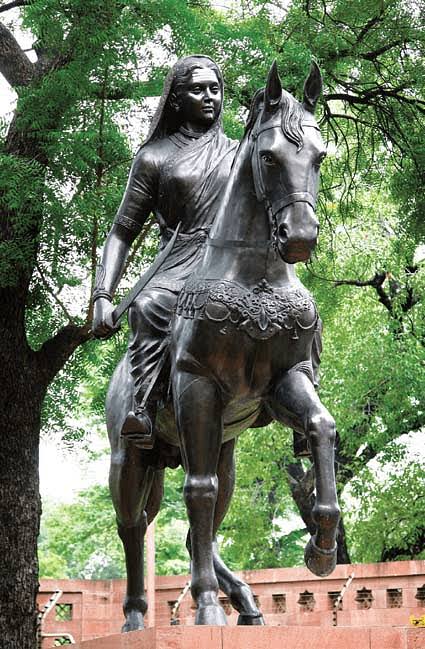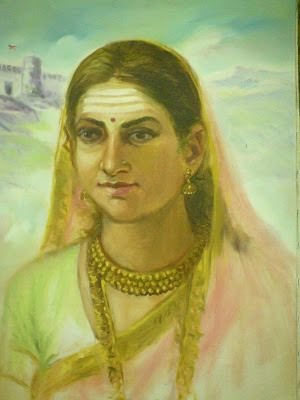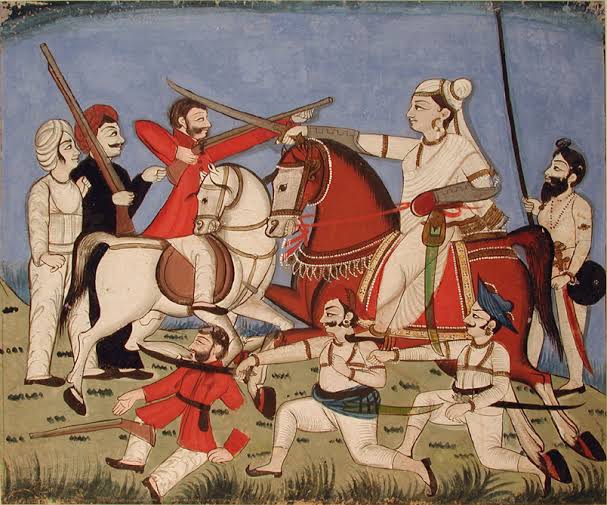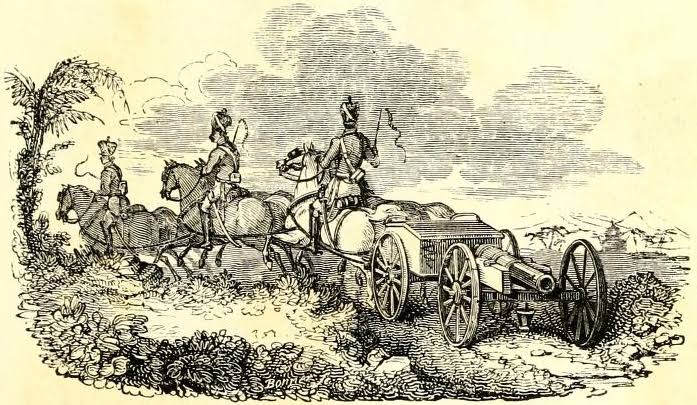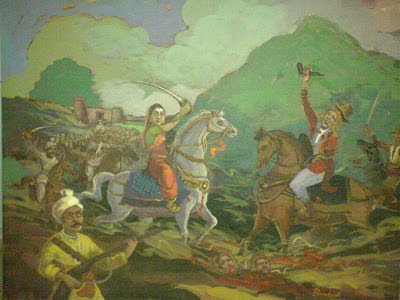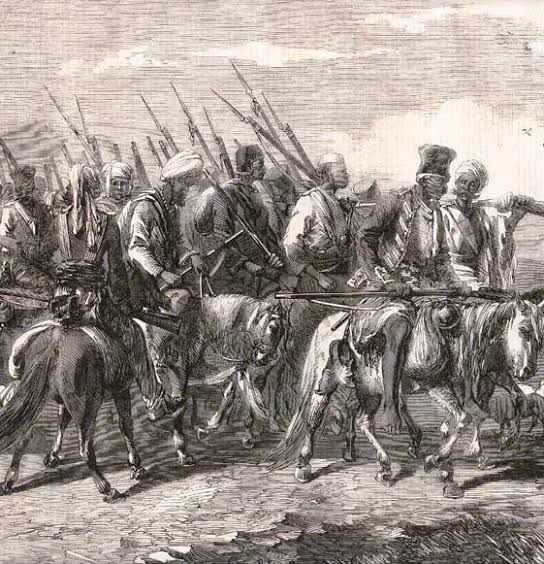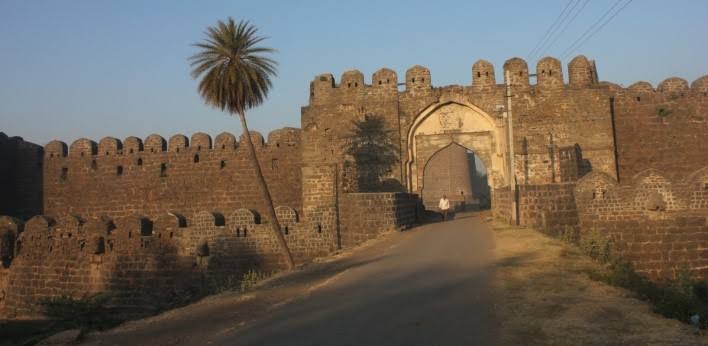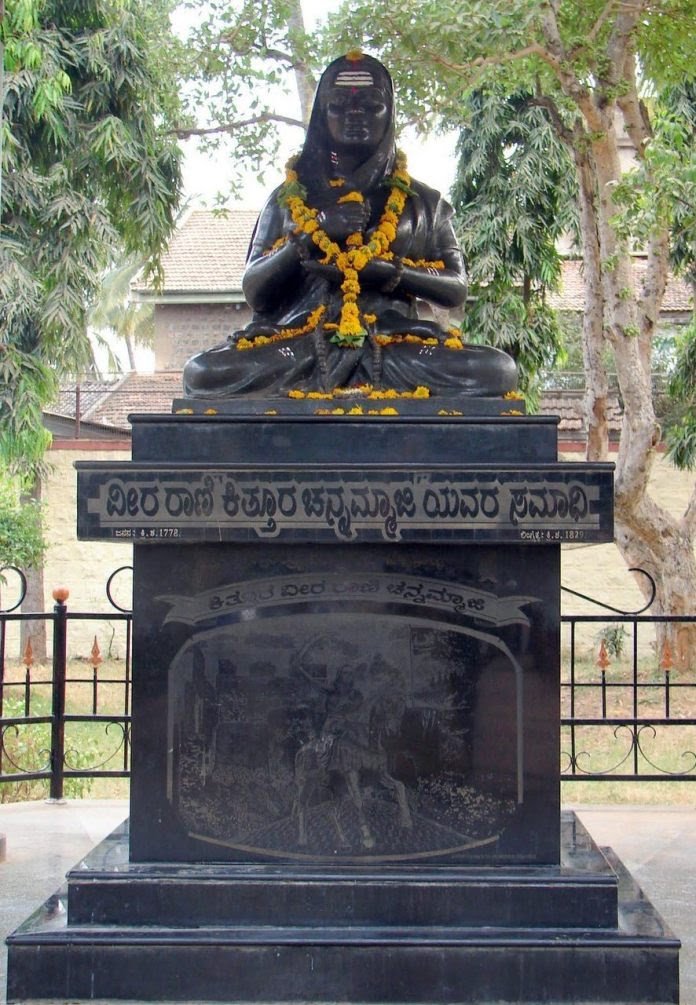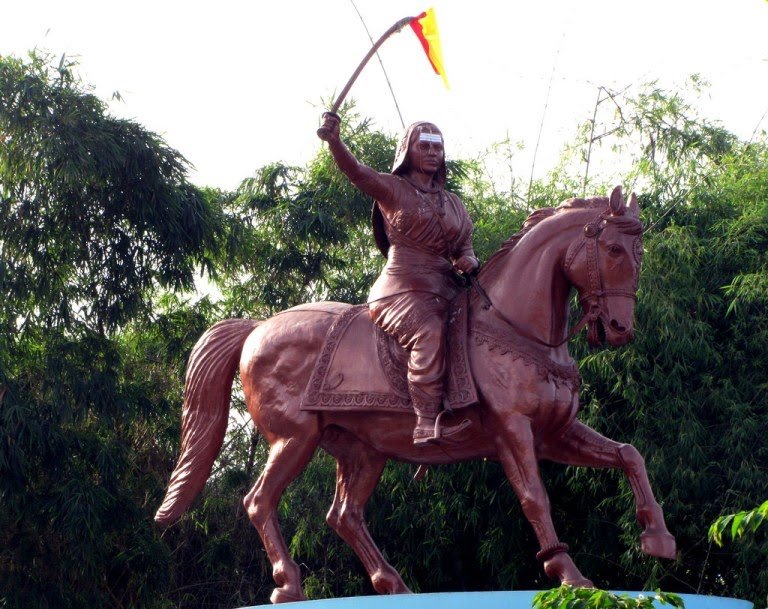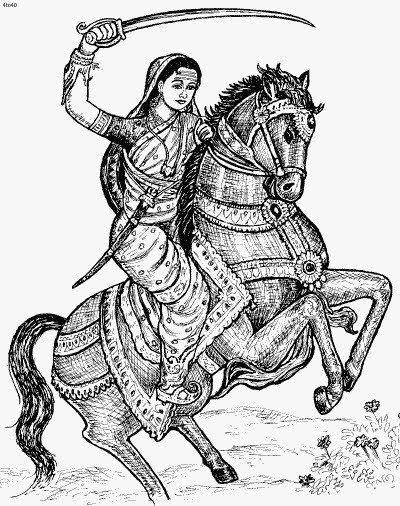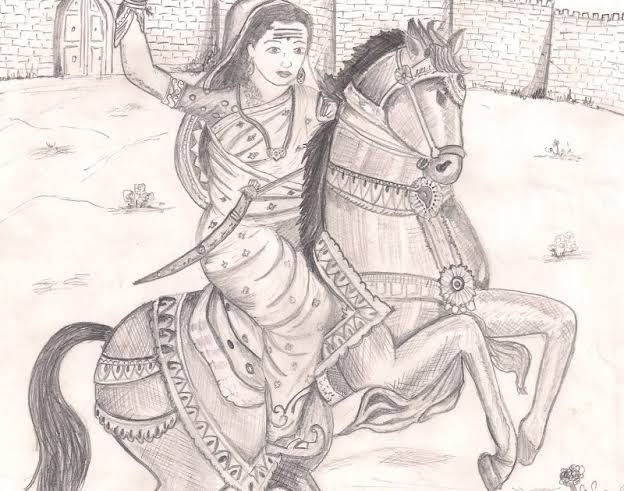Everyone knows about "The Rani of Jhansi, Lakshmibai". But only few of us know about the Kittur Chennamma, the Queen of Kittur.
She was one of the first Indian rulers to lead an armed rebellion against the British in 1824, for implementing the Doctrine of Lapse.
She was one of the first Indian rulers to lead an armed rebellion against the British in 1824, for implementing the Doctrine of Lapse.
She was born in 1778, 56 years before the 1857 revolt led by Rani Lakshmi Bai, thus becoming, one of the first women freedom fighters to have fought against the British rule in India.
She belonged to the #Lingayat community and received training in horse riding, sword fighting and archery from a young age. She was well known throughout her village for her bravery. She was married to the king of Kittur.
She had one son from the marriage, who after the death of her husband in 1816, also died in 1824. As the queen of Kittur, Kittur Chennamma adopted Shivalingappa after the death of her only son with the aim of making him the heir to the throne of Kittur.
The British EIC ordered Shivalingappa’s exile from the kingdom. This was done under the pretext of the "Doctrine of Lapse", according to which adopted child cannot be named as the successor. If they do so, their kingdom would become a territory of the British Empire.
She sent a letter to the Governor of Bombay to plead the cause of Kittur but Lord Elphinstone turned down Chennamma’s request. The state of Kittur came under the administration of Dharwad collectorate in charge of Mr. Thackeray, and Mr. Chaplin was the commissioner.
Both men did not recognise Chennamma as the regent and Shivalingappa as the ruler and apprised Rani Chennamma to surrender her kingdom, but she again defied the British order. This led to the breakout of a war.
The British attempted to take away Kittur’s treasures and jewels, which valued around 15 lakh rupees, but were unsuccessful. They attacked Kittur with a force of 20,000 men and 400 guns, which came mainly from the third troop of the Madras Native Horse Artillery.
In the first battle between the British and Kittur, in Oct1824, British forces faced heavy losses. St. John Thackeray, the British collector and political agent, was also killed during this first battle by the Kittur forces.
Rani Chennamma’s lieutenant, Amatur Balappa, was mainly responsible for Thackeray’s death and the losses faced by the British forces. Two British officers, Sir Walter Elliot and Mr. Stevenson, were also taken hostages by Rani Chennamma’s forces.
To avoid further destruction and war, Rani Chennamma negotiated with the British Commissioner & the Governor of Bombay, under whose regime Kittur fell. She released the hostages when the British promised that the war would no longer be continued.
However, the promise turned out to be only an act of deception. Humiliated by their first defeat at the hands of a small Indian women, Mr. Chaplin the British commissioner treacherously returned with much larger forces from Mysore and Sholapur to attack Kittur once again.
Rani Chennamma fought the 2nd battle fiercely with the aid of her lieutenant Sangoli Rayanna and Gurusiddappa. During this 2nd round of war, the Sub-collector of Sholapur, Mr. Munrow, nephew of Sir Thomas Munro,was also killed.
For 12 days, Chennamma and her soldiers relentlessly defended their fort, but yet again, Chennamma was made prey to deceit. Two soldiers of her own army, Mallappa Shetty and Vankata Rao, betrayed Chennamma by mixing mud and cow dung with the gunpowder used for the canons.
Ultimately, Kittur Chennamma and her forces were outnumbered by the large strength of the British forces. Rani Chennamma was defeated in her last battle and captured by the British, who imprisoned her at the Bailhongal Fort for life.
Her loyal lieutenant Rayanna continued the guerrilla war even in her absence up to 1829, but in vain. He wished to install Shivalingappa, Chennamma’s adopted son, as the ruler of Kittur, but he was captured and hanged by the British. Shivalingappa was also arrested by the British
After being captured, Rani Chennamma spent the last five years of her life in imprisonment at Bailhongal Fort reading holy texts and performing pooja. She died at the Bailhongal Fort on Feb 21,1829.
Rani Chennamma’s samadhi is in Bailhongal taluk, under the care of Government agencies. Sadly, the burial place of this valiant queen lies neglected, in a state of poor maintenance. The only time the place is looked after is during the ‘Kittur Utsava’ and ‘Kannada Rajyotsava‘.
On September 11, 2007, Rani Chennamma’s statue was unveiled at the Indian Parliament complex in New Delhi by the first woman President of India, Smt. Pratibha Patil. The statue was donated by the Kittur Rani Chennamma Memorial Committee and was sculpted by Vijay Gaur.
Infact, Rani chennamma did not loose to the British forces, she lost to her own soldiers.
"Two soldiers of her own army, Mallappa Shetty and Vankata Rao, who betrayed Chennamma by mixing mud and cow dung with the gunpowder used for the canons".
"Two soldiers of her own army, Mallappa Shetty and Vankata Rao, who betrayed Chennamma by mixing mud and cow dung with the gunpowder used for the canons".
Credits to Shagun Gupta and The journey across Karnataka.

 Read on Twitter
Read on Twitter